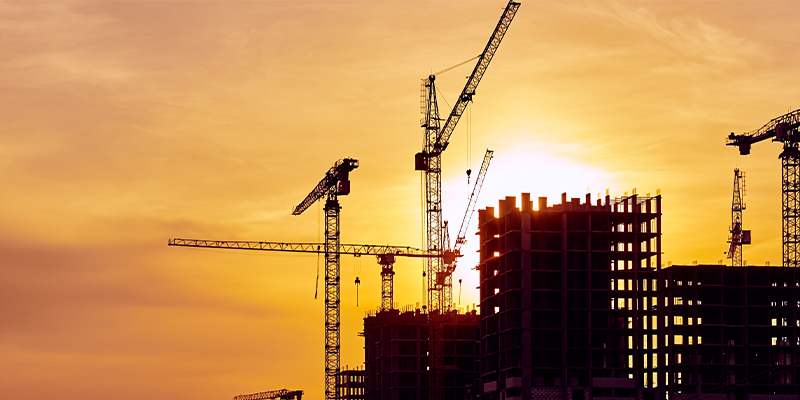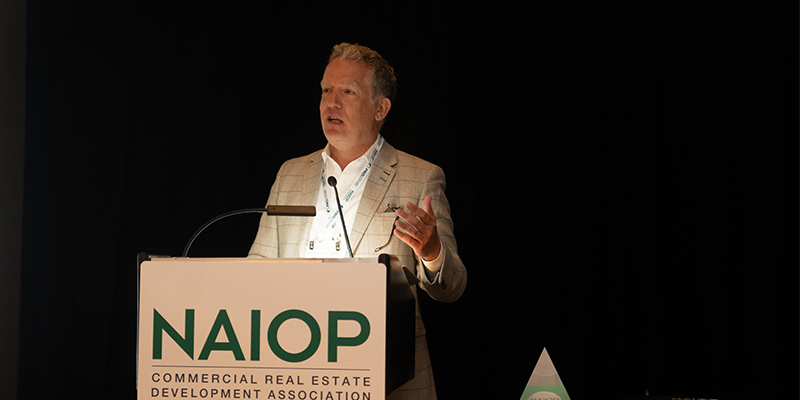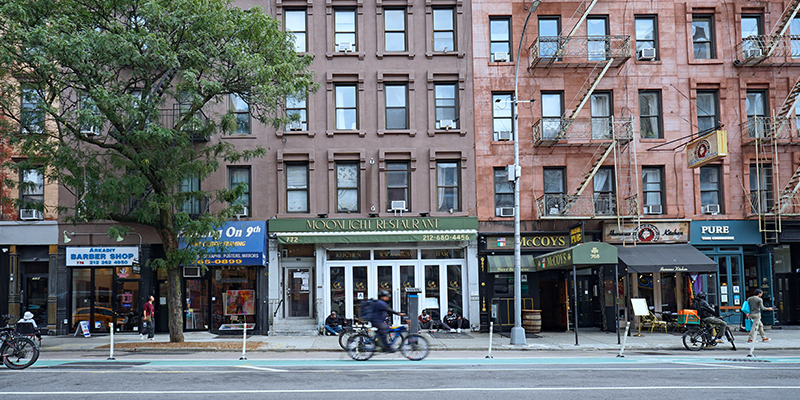Every economic downturn is unique, but the recovery from this pandemic-induced recession in particular hinges on factors beyond typical fiscal policy. While consumer spending is beginning to grow, some percentage of the retail and service jobs that were lost in the first wave of COVID-related closures may not come back. Demographic trends around where people live and work have been upended, with no clear indicator of what the “new normal” will look like.
As threats of a mutating virus collide with an uncertain economic future, the coming months could remain difficult, including for many sectors of commercial real estate. CRE owners, developers and investors will do well to revisit the lessons from the harshest days of 2020 and apply those principles to the potentially rocky months ahead.
Rethinking Opportunity and Expertise
Every cloud has its silver lining — that’s true in any downturn. Multifamily, industrial and life sciences have been bright spots in an otherwise challenging period for commercial real estate and the economy overall.
Many developers and other CRE professionals see these emerging opportunities and want in on the action. But newcomers to any sector or market should move cautiously. Inexperience with certain types of projects, such as developing sophisticated life science or lab space, can lead to significant delays and cost overages when risk isn’t properly understood and weighed against potential rewards.
Take hotels, which were one of the earliest and hardest-hit sectors. Investors now see an opportunity to buy these properties at a discount and hold on until tourism returns. Still others are starting the process of converting hotel rooms into affordable housing or possibly office space, while some Manhattan offices are converting to new housing stock. These are vastly different approaches with wildly different risk profiles, outcomes and returns on investment.
It can be dizzying trying to understand the forces that are converging on various real estate developments. Relying on informed perspectives from experts in the product type and the local market can help avoid costly mistakes. Ample time and consideration must be given to site selection, return on property improvements, design review, compliance adherence, budget, building codes and industry best practices. To do anything less risks serious missteps that can compound into off-target projects.
Managing Uncertainty Remains a Top Priority
Uncertainty can be more detrimental to a development project than whatever bad news is on the horizon.
The typical response to unknowns is to become overly conservative and cautious. That can translate to overlooked opportunities, or worse, delayed decisions that have long-term consequences.
During the first emergence of COVID-19, the development community witnessed a domino effect as undecided choices piled up atop one another, creating backlogs through every phase of the development process. Projects in the design phase could have benefited from freed-up resources, but if they paused at all, they soon ran into permitting delays, which were exacerbated by local governments moving to fully remote work. Supply chain issues and labor shortages delivered a one-two punch that further kept projects from advancing according to a desirable timeline, all while contractors struggled to keep their businesses afloat.
The second wave likely won’t pose exactly the same challenges, but the domino effect hasn’t disappeared. In the immediate aftermath of the COVID-19 outbreak in the U.S., we at PMA assessed every active project and how the pandemic and downturn would affect each one in terms of funding, design choices, on-site safety requirements and permitting, to name a few. It helped us and our developer, investor and end-user clients focus energy on the things we could control.
The same process will likely carry the development industry through the next unknowns, wherever they arise.
The Industry is Smarter Than it was Several Months Ago
The industry knows more today about keeping workers safe on-site and what kinds of projects will gain priority at the local level. Supply chain issues continue to require attention but the backlog of construction projects is starting to clear. Failing to manage to new unknowns could prove to be costly in the months ahead. Collaborative conversations are always beneficial, but even more so as we start to consider a post-COVID world. Commercial real estate has always been a relationship business. Rather than becoming an afterthought as new opportunities emerge, these relationships may be the solution to delivering creative ideas and smart solutions through the next wave of development challenges.








